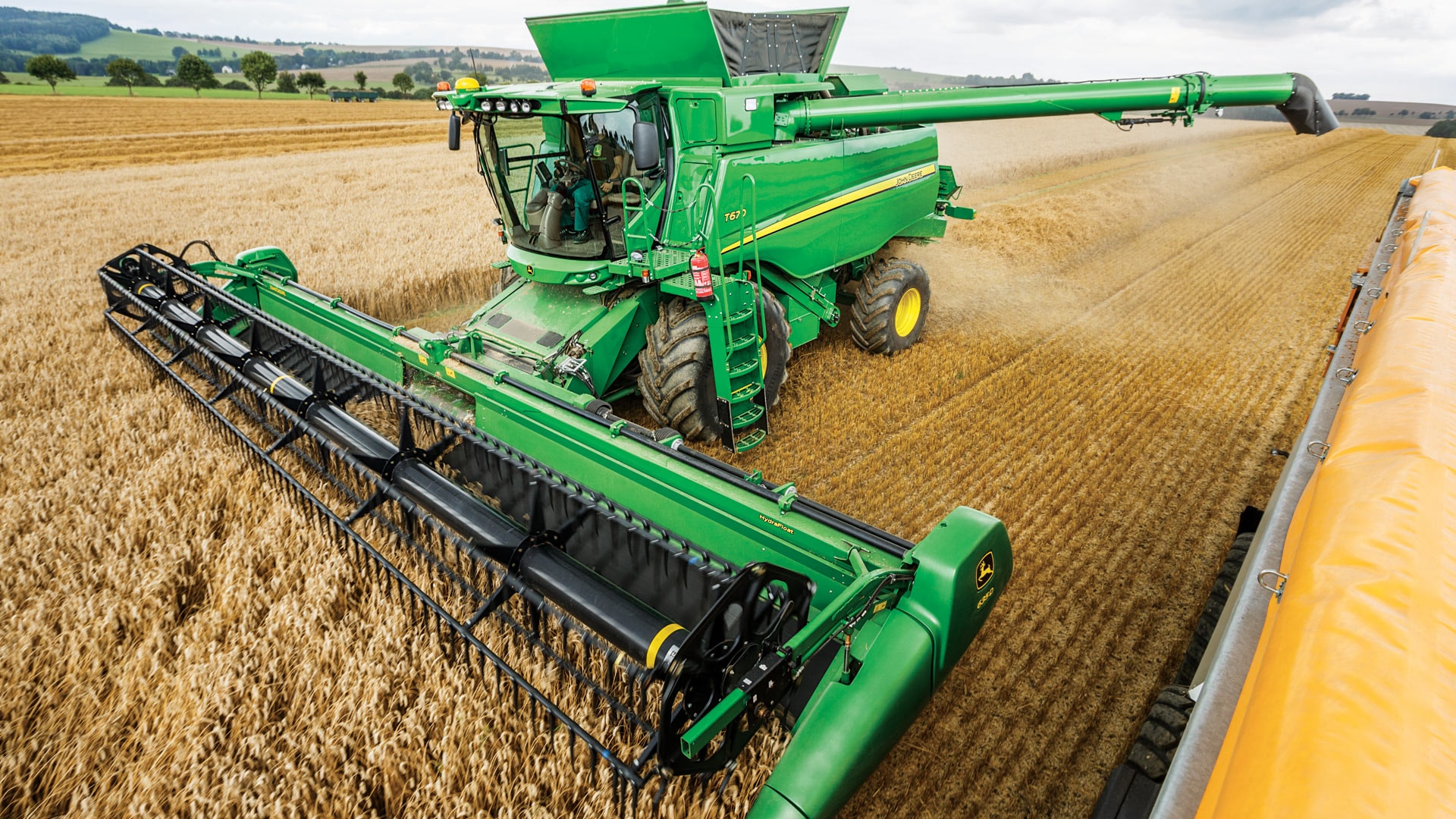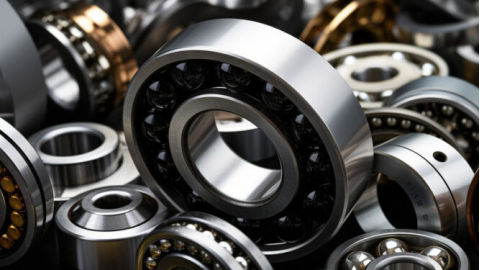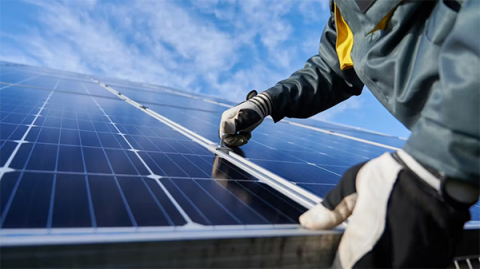Top 10 Harvesting Machine Manufacturers and Companies
Harvesting machines are specialized agricultural equipment. They automate the collection of crops like grains, corn, and cotton. This mechanization increases efficiency and reduces the need for manual labor. The shift from hand tools to advanced machines started with the Industrial Revolution. Today, these machines are vital for global food security. They ensure timely and efficient harvests. This process minimizes crop loss and maximizes yield. This article explores the leading companies in this field.

Leading Global Harvesting Machine Manufacturers
Several companies lead the global market for harvesting equipment. John Deere is a major player. It offers a wide range of combine harvesters like the S Series. These machines feature advanced threshing systems and yield monitoring technology. CNH Industrial owns two key brands: Case IH and New Holland. Case IH manufactures Axial-Flow combines. New Holland produces the CR combine series. Both brands focus on fuel efficiency and operator comfort. CLAAS is another leader. Its LEXION combine is known for high performance in difficult conditions. Kubota specializes in compact harvesters. These are ideal for small-scale farms in Asia and Europe. AGCO operates the Challenger and Fendt brands. They provide customized solutions through a strong global network.
Technological Innovations and Features
Modern harvesting machines include advanced technology. This improves their performance and sustainability. Many now integrate GPS and auto-steer systems. This enables precision farming. It reduces overlap in field passes and optimizes fuel use. AI-powered yield monitors are common. They supply real-time data on crop health. This supports better decision-making. There are also advances in powertrains. Hybrid and electric systems are emerging. They lower carbon emissions and operating costs. Improved threshing mechanisms are key. John Deere's ActiveVision™ technology is one example. It helps minimize grain loss. Operator comfort is also a priority. Features include climate-controlled cabs and reduced noise levels. These enhance productivity. IoT connectivity allows for predictive maintenance. It enables remote monitoring of machine health.
Applications by Crop Type
Harvesters are designed for specific crops. This makes them versatile and highly specialized. Grain combine harvesters handle wheat and barley. They use cutting headers and threshers for efficient collection. Corn harvesters are different. They employ corn headers and husking beds. This ensures clean picking and minimizes loss. Cotton harvesters use spindle-type pickers. These are designed to handle delicate bolls without damaging the fiber. Sugarcane harvesters are crucial in regions like Brazil and India. They cut and load cane efficiently. There are also machines for fruits and vegetables. Grape harvesters, for instance, use shaking mechanisms for gentle handling. Forage harvesters chop material for animal feed. Selecting the right machine for the crop is essential. It maximizes both output quality and quantity.
Key Considerations When Choosing a Harvester
Selecting a harvester requires careful evaluation. Farm size is the first factor. Compact models suit small farms. High-performance units are for large operations. Crop type is equally important. It determines the need for specialized headers and adjustments. Terrain adaptability matters. Machines for hilly areas need stability systems. Fuel efficiency and environmental impact are also key. Choose models that meet modern emission standards. Consider maintenance needs and parts availability. Brands with a strong service network are preferable. Analyze cost-effectiveness. Balance the initial investment with long-term benefits. These include higher yields and lower labor costs. Always conduct a demo before buying. Consult experts to match the machine to your specific needs.
Sustainability and Future Trends
Harvester manufacturers now focus on sustainability. They aim to reduce the environmental footprint of farming. Electric and hybrid powertrains are a big part of this. They cut reliance on fossil fuels and lower greenhouse gas emissions. Precision agriculture techniques help too. Sensor-based applications optimize resource use. They minimize waste. Manufacturers also use recyclable materials. They adopt energy-efficient production processes. Future trends point to more AI and machine learning. This will enable fully autonomous harvesting and real-time decisions. Global initiatives like the UN Sustainable Development Goals guide this innovation. The industry is moving toward a circular economy. This includes recycling programs and end-of-life management for machines. Future advances may include bio-inspired designs for even greater efficiency.




